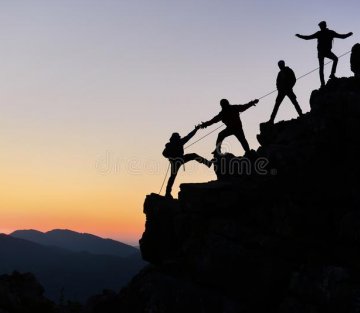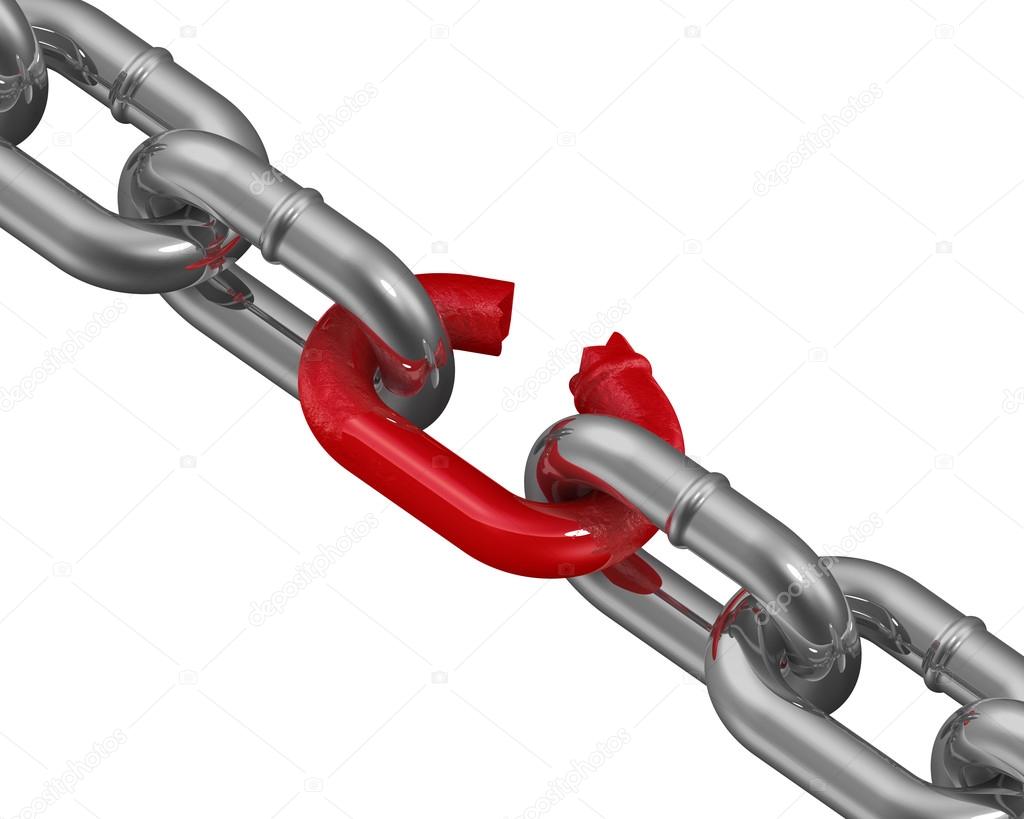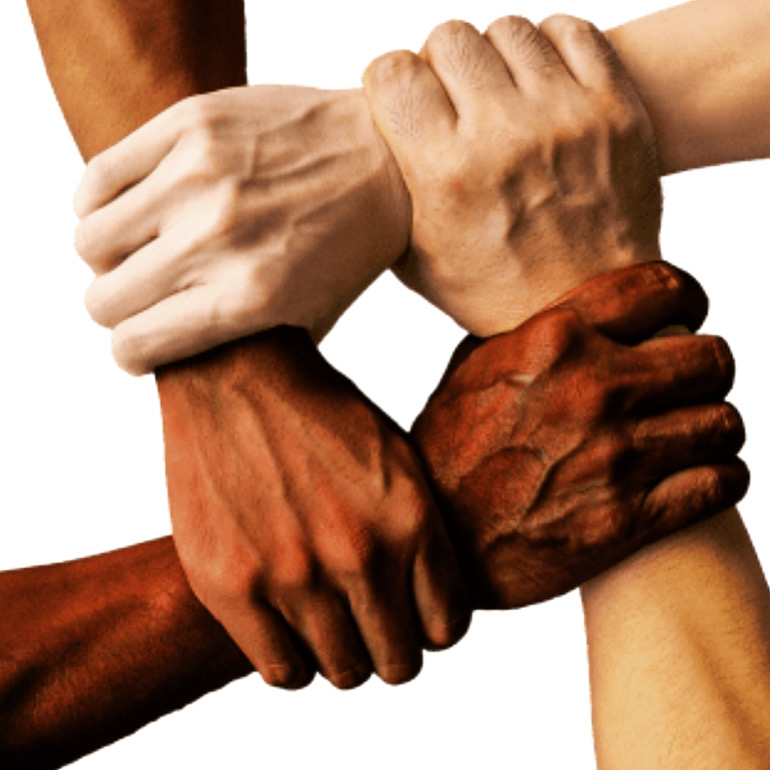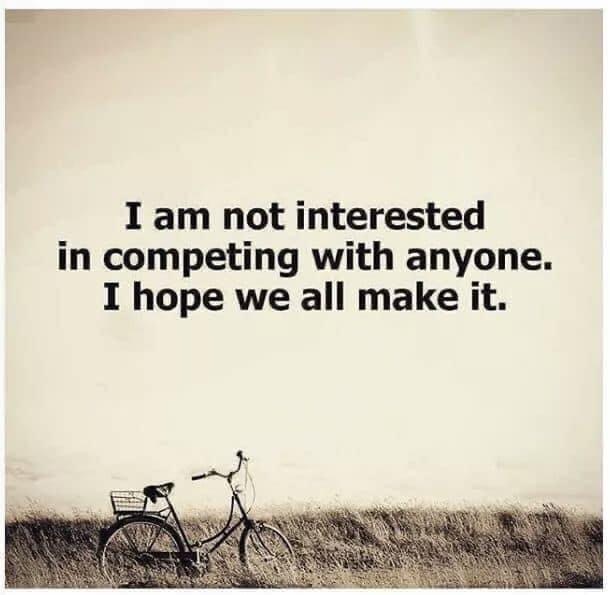It’s the last scene from the movie and it’s packed with wisdom, emotion and lots of life lessons
. . .ALL WHICH MEAN NOTHING
unless they are not so much
SEEN
HEARD
or even EXPERIENCED
so much as intimately and intentionally
A P P L I E D
(c o n t i n u o u s l y)
The quick synopsis
will tell you the
movie is about
College sweethearts Will and Abby who fall in love, get married and prepare to bring their first child into the world. As their story unfolds in New York, fate links them to a group of people in Seville, Spain, including a troubled young woman, a man and his granddaughter, a wealthy landowner and a plantation manager.
and yes,
EVEN US. . .
It’s more than about
Love and Loss
Grief
Relationships
Winning and Losing
Coming’s and Going’s
so much as how
we are more
i n t e r c o n n e c t e d
than we
realize
recognize
acknowledge
but ever proving
IT’S NOT SO MUCH AS SMALL WORLD
AS A BIG LIVING ROOM
and my thread
or your thread
are a part of the of the a
T A P E S T R Y
we each belong. . .
WE ARE CHAPTERS
in the Book
that just doesn’t merely tell our Story
but allows it to be experienced
by those
not yet here
sharing that
LIFE ITSELF
is the only
ALL
there is and ever
will be. . .





